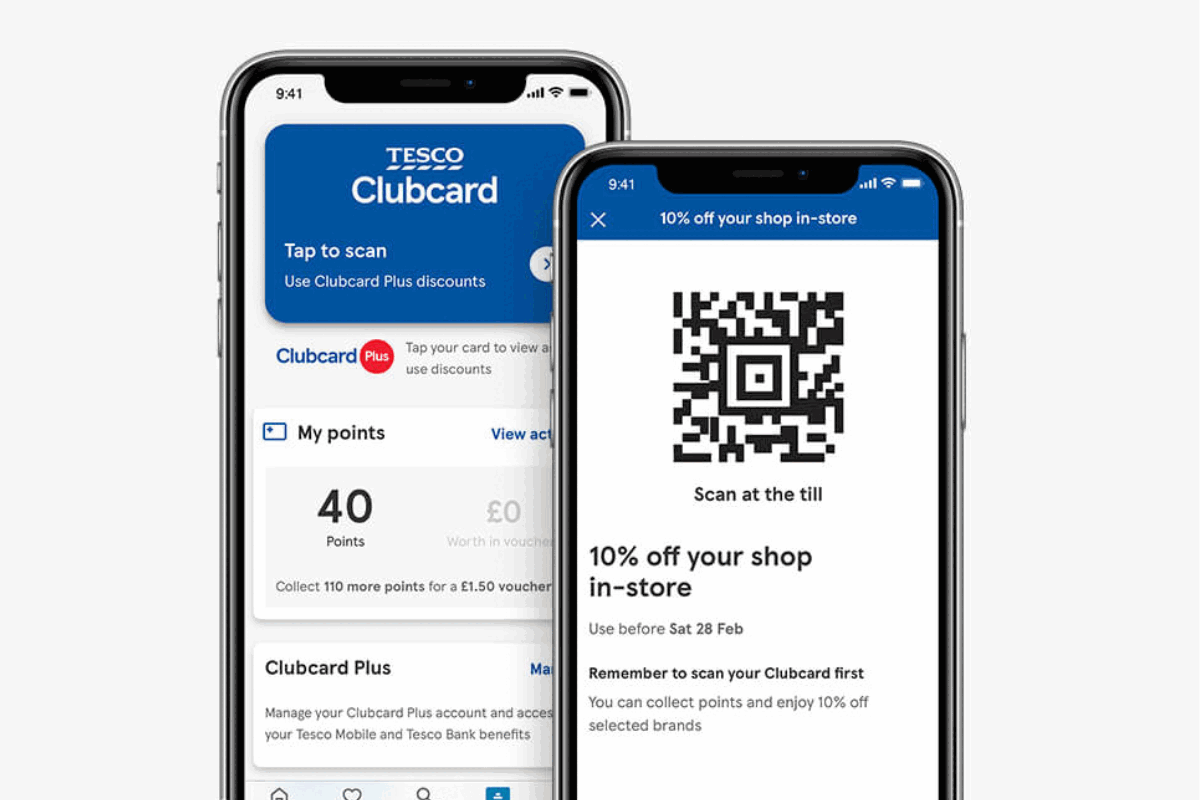[img_assist|nid=26236|title=Most companies dont understand the omnichannel consumer, according to IBMs research|desc=|link=popup|align=left|width=150|height=100]CMOs and ecommerce leaders recognize mobile as critical to their business objectives, yet two-thirds of those same professionals say they dont have a strong understanding of the mobile user experience, according to an IBM-sponsored survey of business professionals.
With 89 per cent of customers choosing to do business with a competitor following a poor customer experience, businesses are turning to big data and digital analytics to better understand the omnichannel customer, the company says.
Mobile traffic continues to grow, with respondents attributing 19 per cent of their total traffic to a mobile device. But businesses continue to struggle with providing a quality mobile experience, with 40 per cent of companies agreeing that “delivering positive customer experiences is harder on mobile than the web.”
For many companies, the answer to creating a mobile presence is simply adapting an existing website, as opposed to building a mobile experience from the ground up, with 70 per cent of respondents describing their multichannel experience for customers as “OK” or “poor”. As such, the top three most serious mobile issues include bad navigation/poor “findability”; screen-sizing issues; and form-filling problems.
The study, Reducing Customer Struggle 2013, surveyed more than 500 business professionals globally, across a variety of sectors, including retail, financial services, travel, and customer services. While mobile stood out as a key focus for many companies, the survey found that wider customer experience challenges remain, both in terms of understanding customer struggle and also addressing pain points.
Seven per cent of companies indicate they have an “excellent” understanding of the overall online customer experience, a three point increase over 2012. Yet a further 78 per cent say their company has a “good” or “OK” understanding. Specifically, companies understand how customers behave during the initial awareness stages of the sales funnel, but still lack understanding around the purchase stages and the reasons behind cart abandonment.
The study also found that offline and digital integration are still lacking. When it comes to the multichannel experience, only four per cent of respondents said they provide an “excellent” experience. The majority of companies polled referred to their multichannel experience as OK or poor.
Offline and online integration, while important, is still a struggle for most businesses. When it comes to integrating offline and online channels, most companies focus on basic functionality, such as including information about offline locations, contact details and opening hours on their website. Other ways of integrating offline and online channels include establishing a social presence for offline products or services, and mobile or local search engine optimization. When asked if offline parts of the business have visibility into individual customer engagement via digital channels, only 7 per cent of respondents said, “very much so”.
Respondents said they plan to increase their investment in online channels. 73 per cent of companies surveyed plan to increase investment in online channels this year, while 72 per cent said they expect to invest more in mobile channels. Social is also seeing gains, with 53 per cent of companies expecting to increase investment here.
On the other hand, more than two-thirds of respondents indicated they either plan to decrease or maintain the same level of investment in offline channels such as stores, shops and branches.
















